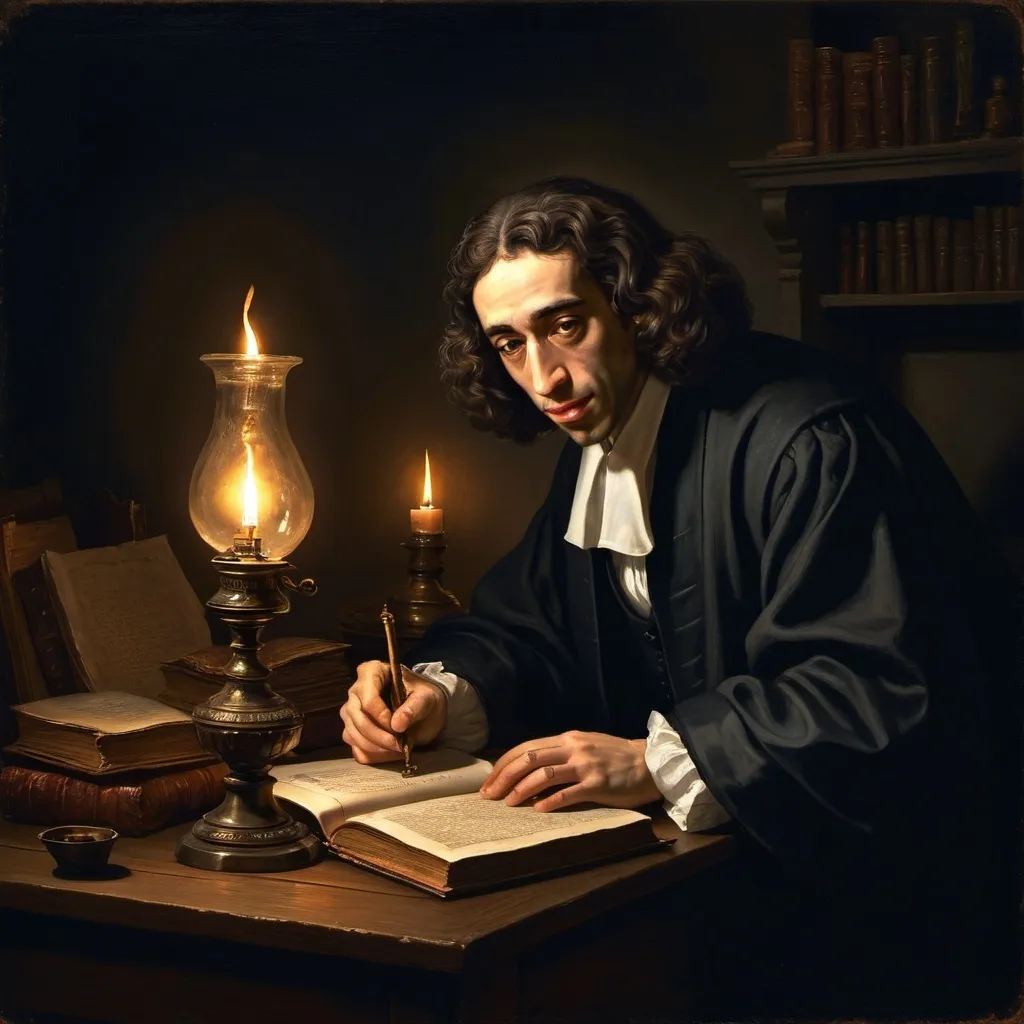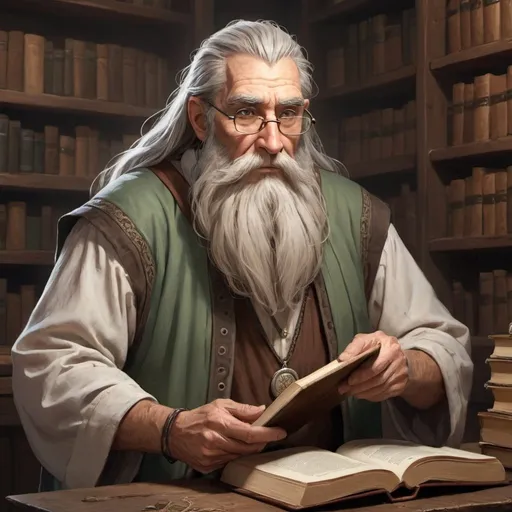Fa Yayinlari
Model: OpenArt SDXLSampler: DPM++ 2M SDE Karras
Prompt:
Spinoza is reading and taking notes from a book on his wooden desk, with an oil lamp on the table...Show more
Width: 1024
Height: 1024
Scale: 7
Steps: 25
Seed: 1446964805
Create your first image using OpenArt.
With over 100+ models and styles to choose from, you can create stunning images.










